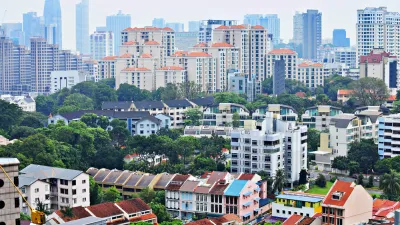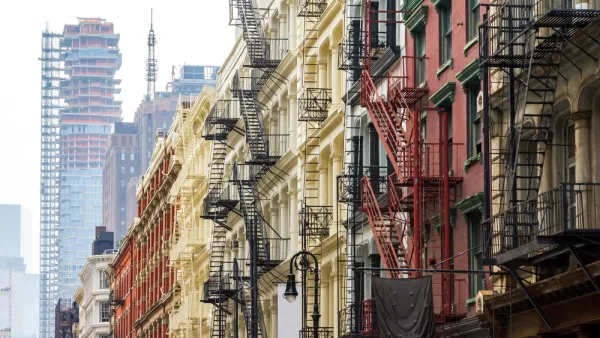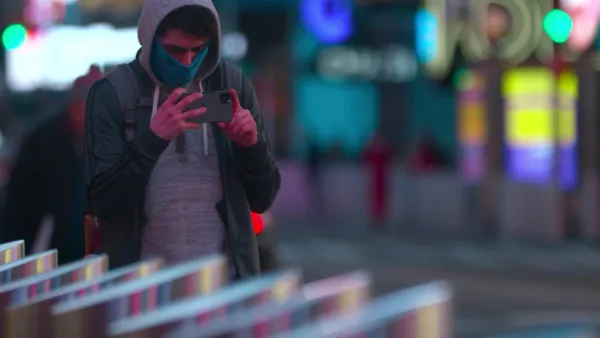According to this article, it would be a shame if the coronavirus inspires new levels of skepticism about density and city living.

Emily Badger writes of a painful realization in major cities during the pandemic: “The very thing that makes cities remarkable — the proximity of so many people to one another — is now making them susceptible in a pandemic. Density, suddenly, is bad for our health. And we are trying everything we can think of to dismantle it.”
But Badger writes in response to that realization, in an attempt to, “reconcile the benefits of density for a healthy society with the threat of density in a pandemic…” There is plenty of evidence available to accomplish that goal.
In practical ways, density makes possible many of the things we need when something goes wrong. That is certainly true of hospital infrastructure — emergency response times are faster, and hospitals are better staffed in denser places. When one store is closed or out of toilet paper, there are more places to look. When people can’t leave home for essentials, there are alternative ways to get them, like grocery delivery services or bike couriers. When people can’t visit public spaces, there are still ways to create public life, from balconies, porches and windows.
More examples of the benefits of density—and the shortcomings of sprawl—follow, to make that point that density has been good for us, and will be again soon.
Planetizen collected previous articles on either side of this theme in a previous article, "Debating the Future of Cities, and Urban Density, After the Pandemic."
FULL STORY: Density Is Normally Good for Us. That Will Be True After Coronavirus, Too.

National Parks Layoffs Will Cause Communities to Lose Billions
Thousands of essential park workers were laid off this week, just before the busy spring break season.

Retro-silient?: America’s First “Eco-burb,” The Woodlands Turns 50
A master-planned community north of Houston offers lessons on green infrastructure and resilient design, but falls short of its founder’s lofty affordability and walkability goals.

Delivering for America Plan Will Downgrade Mail Service in at Least 49.5 Percent of Zip Codes
Republican and Democrat lawmakers criticize the plan for its disproportionate negative impact on rural communities.

Test News Post 1
This is a summary

Test News Headline 46
Test for the image on the front page.

Balancing Bombs and Butterflies: How the National Guard Protects a Rare Species
The National Guard at Fort Indiantown Gap uses GIS technology and land management strategies to balance military training with conservation efforts, ensuring the survival of the rare eastern regal fritillary butterfly.
Urban Design for Planners 1: Software Tools
This six-course series explores essential urban design concepts using open source software and equips planners with the tools they need to participate fully in the urban design process.
Planning for Universal Design
Learn the tools for implementing Universal Design in planning regulations.
EMC Planning Group, Inc.
Planetizen
Planetizen
Mpact (formerly Rail~Volution)
Great Falls Development Authority, Inc.
HUDs Office of Policy Development and Research
NYU Wagner Graduate School of Public Service





























